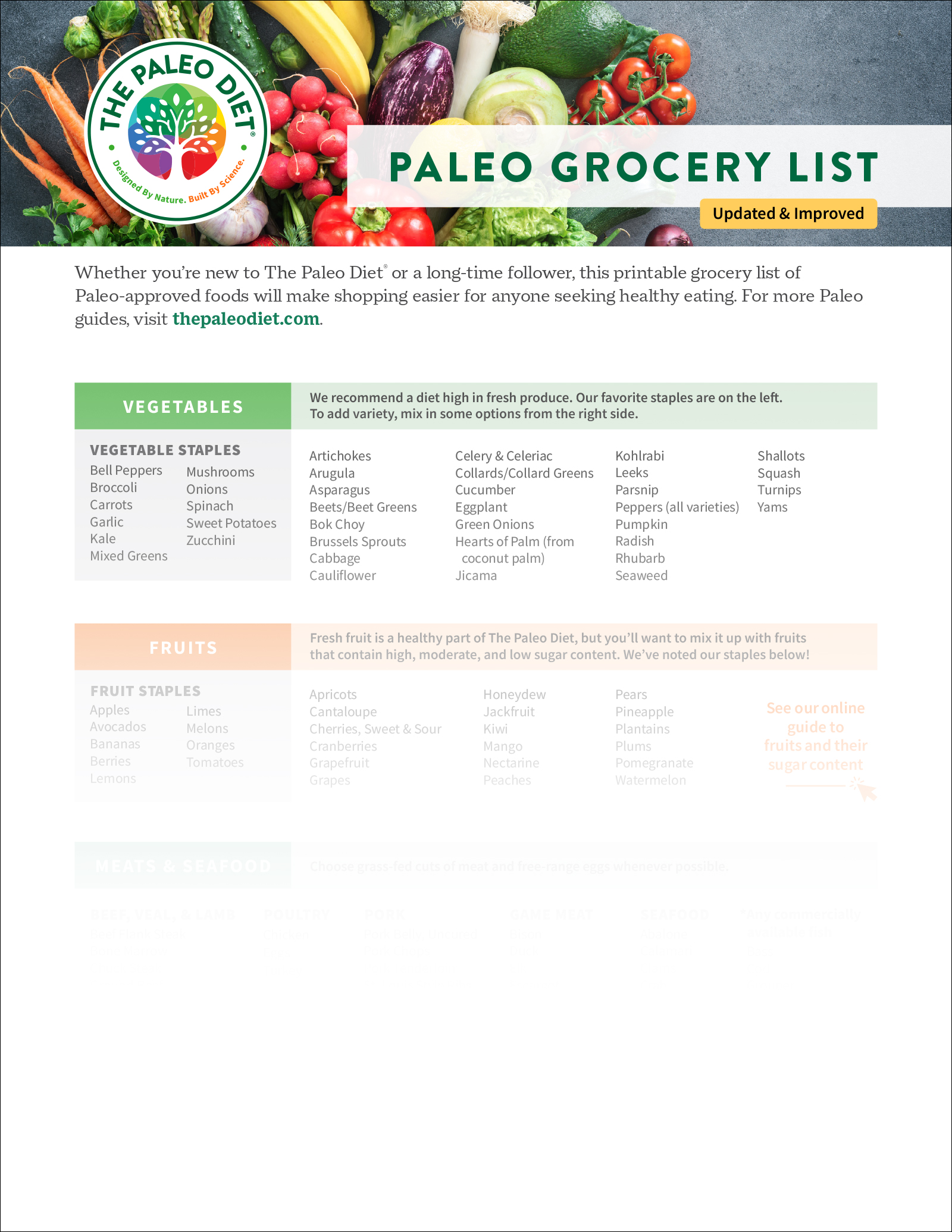Teaching Kids to Advocate for Their Health

As children get older, they begin to make more choices for themselves. They decide what to eat, how to spend their time, and how to express what feels right. Learning to talk about food is part of that process.
When a child says, “That food makes my stomach hurt,” or asks for water instead of soda, they are learning to name what their body needs. Each time they do, they build awareness and confidence.
Children learn about health from what they see, hear, and practice each day. Giving them clear words and tools to describe how food feels will help them make thoughtful choices and be able to communicate with the adults who care for them.
Teaching kids to advocate for their health begins with everyday conversations at the table, in classrooms, and with friends. The tools below offer simple ways to start those conversations and help them grow over time.
Teaching Kids to Advocate for Themselves with Words and Practice
As children grow, they need more than routines and tools; they need language that reflects their growing independence and helps them communicate in a world that becomes more complex each year. Whether it’s an allergy, an intolerance, or simply knowing water feels better than soda, kids gain confidence when they can explain their needs in their own words.
- Practice short scripts. Keep them simple: “I can’t drink milk, it makes my stomach hurt.”
- Roleplay together. Start at home, then practice with teachers, coaches, or grandparents so it feels familiar in real situations.
- Notice their effort. Advocacy is not complaining. It’s an act of self-care, and every attempt deserves recognition.
Children who can speak up about food learn skills that reach far beyond the table. That self-awareness and willingness to voice needs will become part of how they navigate school, friendships, and eventually their adult lives.
Empowering Kids with Interactive Tools
Visual tools can make food exploration feel less intimidating:
- Food Explorer Chart: “Tastes good,” “Feels good,” or “Not right now.”
- Rainbow Tracker: Kids fill in colors as they eat fruits and vegetables across the week.
- Snack Traffic Light
- Green = everyday foods
- Yellow = sometimes
- Red = special occasion treats
To make these ideas tangible, we created a free Eat the Rainbow + Food Comfort Card worksheet. Children can color their way through a rainbow of produce and use the comfort card to share which foods help them feel good. It gives kids a voice at the table and provides caregivers with a clear, light-touch tool.
Evidence shows that playful exposure like this supports healthier preferences over time, without adding pressure.1
Exploring Food Sensitivities and Allergies
Not every stomachache, rash, or restless night is caused by food. But when discomfort shows up again and again, it deserves attention. The goal is to notice patterns without jumping too quickly into restriction, which can cut variety and erode trust at the table.
- Look at timing. Does the reaction happen immediately after eating, or hours later?
- Notice frequency. Does it appear every time a food is eaten, or only sometimes?
- Share patterns with your pediatrician. Professional guidance helps distinguish between sensitivities, intolerances, and allergies, and avoids removing foods unnecessarily.
Children expand acceptance of new foods through repeated, positive exposure, even when early reactions include refusal or hesitation.2 Keeping variety available while clarifying genuine concerns supports both health and confidence.
Building a Healthy Food Relationship
The long-term goal is bigger than individual meals. It’s about shaping how children understand food in their lives. When meals feel social, predictable, and connected, kids learn that eating is not about pressure or control but about belonging and care.
- Cook one base meal with flexible “choose your own adventure” toppings. This avoids singling anyone out while still allowing choice.
- Let kids choose a weekly “comfort recipe.” Participation gives them a sense of ownership and anticipation.
- Use language that supports. Phrases like “tummy-helper foods” frame nourishment without judgment.
- Keep rituals consistent across households when possible. Even small, shared routines give children familiar touchpoints.
Research on repeated positive exposure shows that framing foods with encouragement, rather than restriction, improves children’s willingness to try new foods.3
Over time, these small consistencies do more than fill a plate. They shape how children learn to trust food, to trust their own signals, and to trust the people who feed them.
Note: This article is for educational purposes only and is not a substitute for professional medical advice. Always consult your pediatrician for guidance on allergies, growth, or nutrition needs.
Frequently Asked Questions
Q: How can I help my child advocate for themselves with food?
A: Practice short scripts at home, role-play with teachers or coaches, and notice when they use their voice. Advocacy is about caring for themselves, and those small steps build confidence across many parts of life.
Q: Are there printable tools that can help my child track foods and communicate needs?
A: Download our free Eat the Rainbow + Food Comfort Card worksheet to give your child support and a voice. Kids can color in fruits and vegetables and use the Comfort Card to share what feels good or what to avoid.
References
- Holley, C. E., Farrow, C., & Haycraft, E. (2017). A Systematic Review of Methods for Increasing Vegetable Consumption in Early Childhood. Current Nutrition Reports, 6(2), 157–170. https://link.springer.com/article/10.1007/s13668-017-0202-1
- Nekitsing, C., Blundell-Birtill, P., Cockroft, J. E., & Hetherington, M. M. (2018). Systematic review and meta-analysis of strategies to increase vegetable consumption in preschool children aged 2–5 years. Appetite, 127, 138–154. https://www.sciencedirect.com/science/article/pii/S0195666317313235?via%3Dihub
- LAMPORT, D. J., WU, S.-Y., DREVER-HEAPS, J., HUGUENIOT, O., JONES, D. J. W., KENNEDY, O. B., WILLIAMS, C. M., & BUTLER, L. T. (2021). Can Public Health Interventions Change Immediate and Long-Term Dietary Behaviours? Encouraging Evidence from a Pilot Study of the U.K. Change4Life Sugar Swaps Campaign. Nutrients, 14(1), 68. https://www.mdpi.com/2072-6643/14/1/68
Griffin McMath, ND
With a background in clinical practice, advocacy, and behavior change communication, Dr. McMath is passionate about advancing health literacy and empowering people to make informed decisions.
More About The Author




